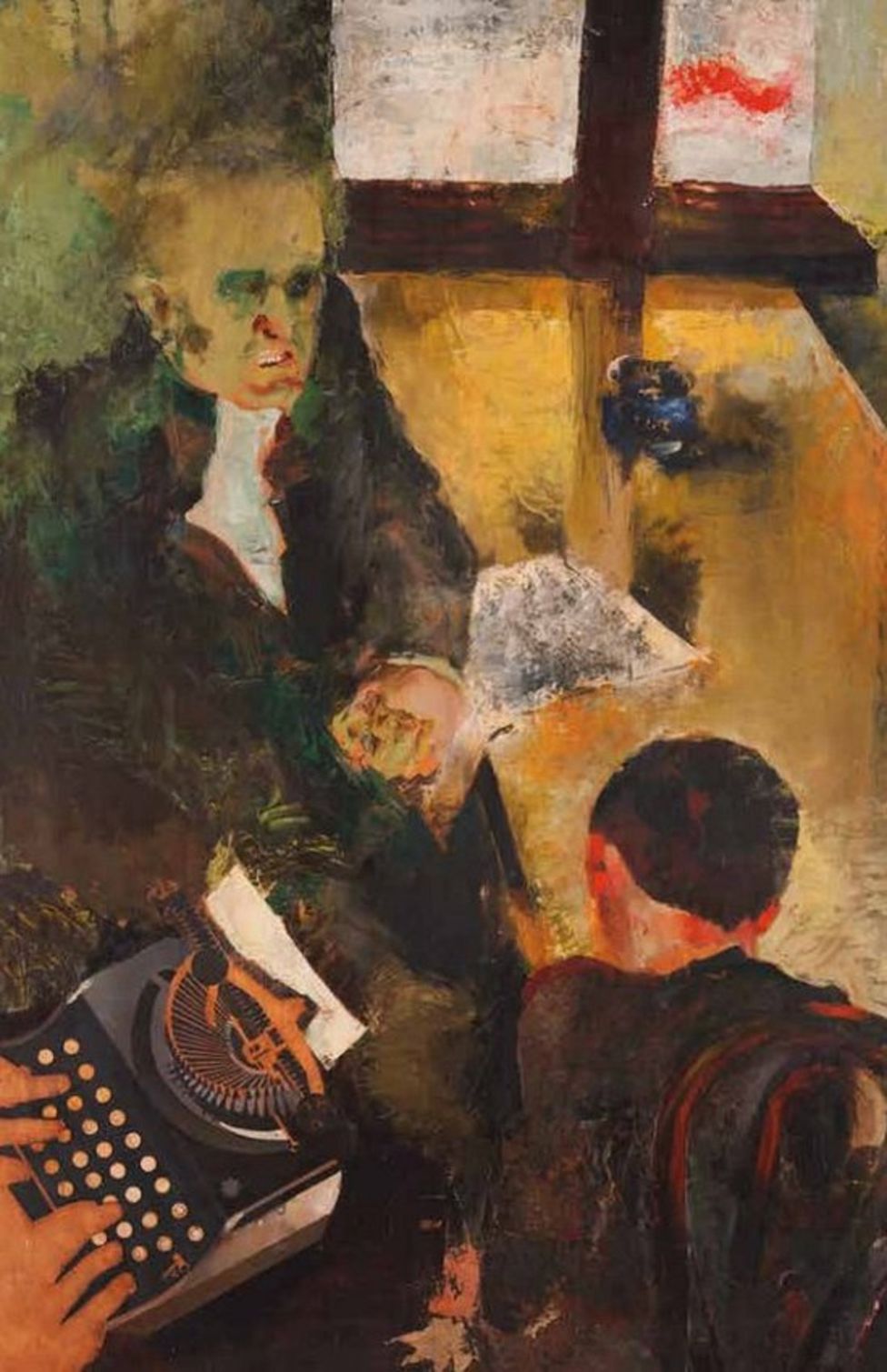In the Leopold Museum in Vienna, a long wall is covered with small panels that show photographs and short lives of dozens of cultural figures who were active in the city at the start of the twentieth century: Freud, Mahler, Schoenberg, Musil, Wedekind, Klimt and many others – almost all of them well-known today. Only Paris could match Vienna for the title of the birthplace of modernism before the First World War.
In the visual arts the revolution was more sudden in Vienna than in Paris – in part because the challenge to the stifling academic status quo came much later, in the form of the Secession of 1897. But Klimt and his fellow Secessionists were tame compared with the figures like Egon Schiele who succeeded them. These were artists who rejected the old guard and the new, and aimed to forge a new kind of art that got to grips with the contemporary crisis of the individual and society.
Most of the new artists were male – but not all. Though women were excluded from the artists’ associations, traditional and reformed, many were very determined: they refused to retreat into amateurism, and insisted on becoming trained, working in studios and exhibiting their work. The Belvedere Museum is currently showing an exhibition of the women artists of Vienna, entitled Stadt der Frauen.

One of the most interesting painters represented is Broncia Koller-Pinell (1863-1934), whose family came to Vienna from Poland. She shook off the remnants of Klimt’s decorative style and painted striking pictures, including some showing her daughter Sylvia. Her Frühmarkt / Early market of 1907 is similar to some of Schiele’s later urban scenes: its market stalls are packed with detail but held within a firm linear composition. She was completely forgotten during the Nazi period, and, like so many of the women artists, has been rediscovered only recently.

The first expressionist in Vienna was not Schiele but Richard Gerstl, who had a brief but fertile career as a painter before his death by suicide in 1908 at the age of 25. He was a restless and tortured soul, who easily fell out with his teachers and never exhibited his work. He soon rejected Klimt and went through a succession of styles, including pointillism, before arriving at a highly charged expressionism. His series of self-portraits, at once aggressively assertive and vulnerable, culminate in an anguished full-length nude, painted weeks before his death. The Fey sisters is an earlier work, from 1905, but it’s just as striking: against a dark brown background the two women are completed imprisoned in their huge, ghostly white dresses; their faces gaze out at us like surprised puppets.

Another woman painter represented in the Stadt der Frauen show is Friedl Dicker-Brandeis. She’s a remarkable artist, and a remarkable person. Born and trained in Vienna, she joined the Bauhaus in Weimar in 1919 and taught printmaking, bookbinding, textiles and typography; her main inspiration was Paul Klee. In 1942 she and her husband were deported to the ‘model’ concentration camp of Terezin (Theresienstadt), where she organised art classes for children; she was later murdered in Auschwitz-Birkenau. In 1934 she painted two pictures called Interrogation, after she had been arrested and imprisoned for her left-wing activities. Both are chilling accounts of torture, all the more so because of the modernist treatment of their theme.

Leave a Reply